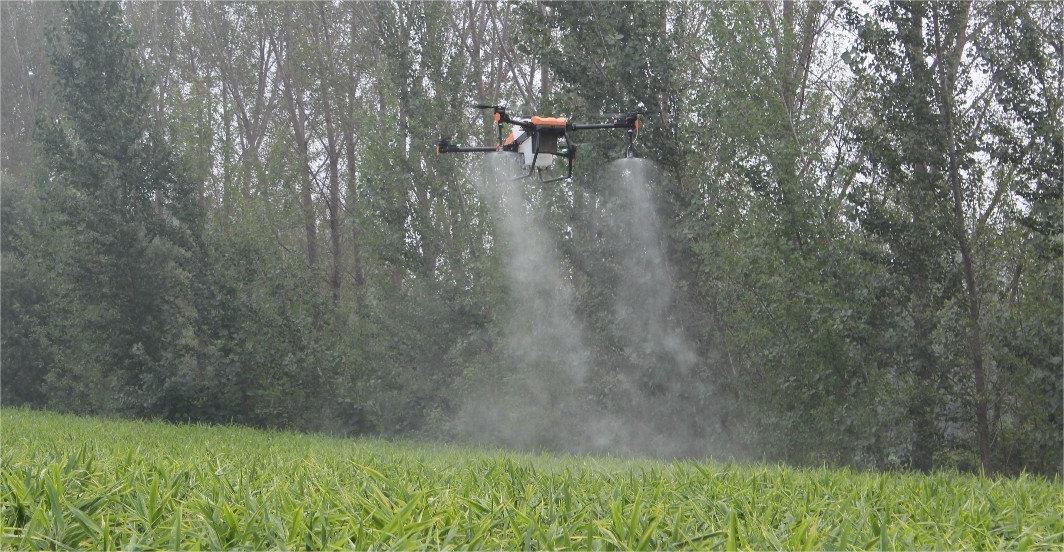With the development of science and technology, drones are no longer just synonymous with aerial photography, and industrial application-level drones have begun to be widely used in various fields. Among them, plant protection drones play an extremely important role in the agricultural field.
Application status of plant protection drones
Plant protection drones are a new type of that has emerged in recent years, plant protection drone technology refers to an emerging technology that uses drone technology to achieve agricultural production technologies such as plant pest control and fertilization.
At present, plant protection drones are mainly used in the early warning and prevention of pests and diseases, irrigation, spraying, etc. in greenhouses, orchards, rice, and other crops. They have significant advantages in plant protection of large areas of farmland, and further improve operating efficiency and reduce labor costs. , providing a feasible solution to rural areas currently experiencing high labor costs and labor shortages.
Application advantages of agriculture sprayer drone
Safe and efficient
Plant protection drones fly very fast and can irrigate hundreds of acres of land per hour. Compared with traditional manual operations, their efficiency is more than 100 times higher. Moreover, the plant protection drone can be controlled remotely, which avoids the danger of exposure of spraying workers to pesticides and ensures the safety of operations.
Save resources and reduce pollution
Plant protection drones generally use spray spraying, which can save 50% of pesticide usage and 90% of water usage, and can reduce the cost of resources to a certain extent. At the same time, spraying can enhance the penetration of crops, and the control effect will be better.
Multi-application
As a high-tech technology, plant protection drones have complete production data, analysis, and decision-making systems. It is not only suitable for low-stem crops such as rice and wheat but also for high-stem crops such as corn and cotton. It has strong adaptability and can meet the various needs of farmers.
Easy to use
Plant protection drones have the characteristics of efficient automation. As long as the GPS information in the farmland is collected into the control program before operation and the route is planned, the drone can basically realize automatic operation.
Development trends of plant protection drones
More intelligent
With the continuous development of plant protection drone technology and the improvement of intelligence levels, drones will become more and more intelligent. Not only can it operate and fly autonomously, it can also obtain data through sensors for real-time analysis and decision-making. It will even be possible to achieve autonomous obstacle avoidance and autonomous take-off and landing, further improving operating efficiency and liberating the labor force.
Wider application
With the widespread application of plant protection drone technology in agricultural production, more drones suitable for different crops will be launched in the future. In the future, plant protection drones can not only be used for spraying pesticides and fertilizers, but can also be equipped with a variety of sensors and equipment to realize farmland monitoring, soil testing, and other functions, truly realizing the comprehensive upgrade and intelligence of agriculture.
Environmental protection and efficiency
In the future, plant protection drones will become more and more environmentally friendly, using more environmentally friendly biopesticides and physical control methods. At the same time, the identification of crops will become more and more accurate, reducing the use of pesticides, improving crop quality and yield, and protecting the ecological environment and the green health of agricultural products.
Hardware upgrade
The development trend of UAVs in the future is bound to further increase the load capacity and endurance, which will bring more efficient operation efficiency and lower costs. At the same time, the drone's size and body materials will be comprehensively upgraded based on specific operational needs and market demand.
With the development of the times and the increase in demand, the market size of plant protection drones will become larger and larger, and the future development prospects are very promising.
Post time: Sep-15-2023

